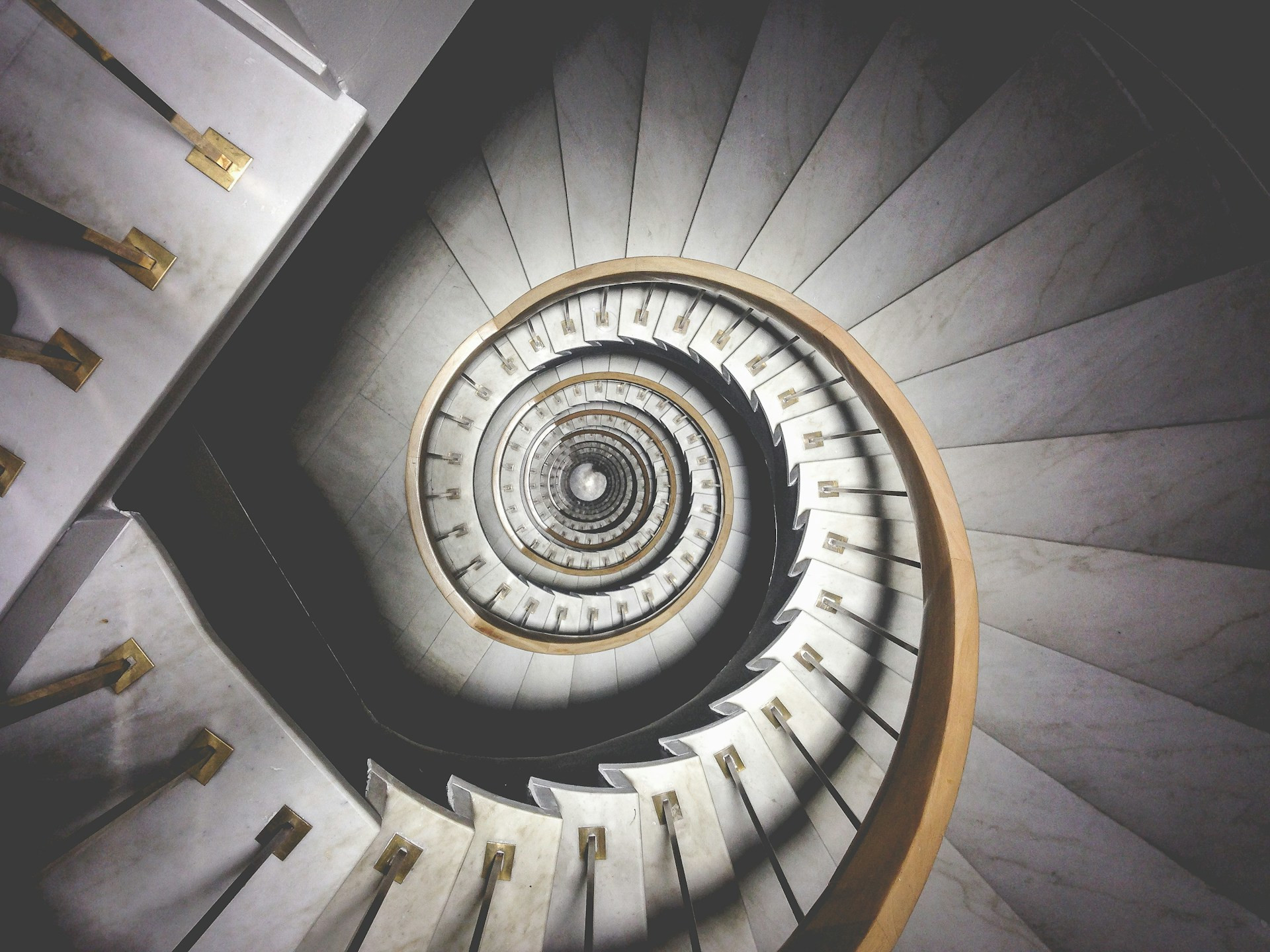
Everything is Vibration and Resonance
Is this why homeopathy works?
The notion that everything is vibration and resonance offers a lens through which to view the universe, uniting science, philosophy, and even spirituality in a single, pulsating framework. From the subatomic particles that form matter to the vast orbits of celestial bodies, all existence hums with energy in motion. This idea, though poetic, is grounded in observable phenomena —sound, light, electromagnetic waves— and suggests that reality is less a collection of static objects and more a symphony of frequencies interacting in harmony or discord. To explore this concept is to journey through physics, biology, human experience, and alternative thought, revealing a world where vibration is the essence of being.
At the heart of modern physics lies the revelation that matter is not solid in the classical sense but a manifestation of energy. Quantum mechanics describes atoms as clouds of probability, their electrons buzzing in vibrational states. String theory takes this further, proposing that the fundamental building blocks of the universe are not particles but infinitesimally small, vibrating strings. Each string’s frequency determines whether it manifests as a quark, a photon, or another particle, implying that the diversity of matter arises from variations in vibrational patterns. Even on a macroscopic scale, objects resonate—think of a guitar string or a glass shattered by a singer’s note. Resonance, the amplification of vibration when frequencies align, is a universal principle, evident when bridges sway in the wind or planets stabilize their orbits through gravitational harmonics.

“If you want to find the secrets of the universe,
think in terms of energy, frequency, and vibration.”
— Nikolai Tesla
This vibrational nature extends to light and sound, the most tangible expressions of frequency in our daily lives. Light, as electromagnetic radiation, vibrates at wavelengths that dictate its color—red at slower frequencies, violet at faster ones. Sound travels as pressure waves, its pitch determined by how rapidly air molecules oscillate. These vibrations don’t just exist; they interact. When sound waves resonate in a concert hall, they create an acoustic richness that moves listeners. When light waves align, as in a laser, they produce focused power. Nikola Tesla, a pioneer of electrical engineering, famously declared, “If you want to find the secrets of the universe, think in terms of energy, frequency, and vibration.” His work with alternating current and electromagnetic fields embodied this philosophy, harnessing resonance to transmit energy efficiently across distances.
Biology, too, reveals vibration as a cornerstone of life. Cells communicate through biochemical signals, but these are underpinned by physical oscillations. The human heart beats in rhythmic pulses, its electrical activity measurable as vibrations on an electrocardiogram. Neurons fire in synchronized waves, their frequencies shaping thought, emotion, and consciousness. Research into brainwaves —delta, theta, alpha, beta— shows how different vibrational states correlate with sleep, creativity, or focus. Even DNA, the blueprint of life, vibrates. Studies using spectroscopy have detected subtle resonances in its molecular structure, hinting that genetic expression might be influenced by frequency. On a larger scale, ecosystems pulse with cycles —day and night, seasons, migrations— all resonating in a grand, interdependent rhythm.
Human experience amplifies this concept beyond the purely physical. Music, a universal language, moves us because its vibrations resonate with our biology and emotions. A minor chord’s dissonance can evoke sadness, while a major chord’s harmony lifts the spirit. This isn’t mere metaphor; sound waves physically alter our nervous system, syncing heart rates or triggering dopamine release. Art and architecture, too, reflect vibrational principles. The golden ratio, found in the Parthenon or a nautilus shell, creates visual resonance that pleases the eye, its proportions echoing natural frequencies. In cultures worldwide, chants, drums, and bells have long been used to align human energy with something greater, whether spiritual or communal.


Alternative healing traditions, like homeopathy and naturopathy, also embrace vibration as a therapeutic force. Samuel Hahnemann, homeopathy’s founder, stumbled upon this idea in the 1790s when he ingested cinchona bark (containing quinine) and experienced malaria-like symptoms. He posited that substances causing symptoms in the healthy could cure similar ailments in the sick by resonating with the body’s “vital force.” Homeopathic remedies, diluted to infinitesimal levels retain a vibrational imprint that stimulates healing. Naturopathy, also incorporates vibrational therapies like sound healing or bioresonance, aiming to retune the body’s natural oscillations. These practices highlight a belief that health is a state of harmonic balance.
Cosmology extends this vibrational thread to the universe’s origin. The Big Bang, the moment of creation, wasn’t silent—it unleashed a cacophony of energy that still echoes in the cosmic microwave background, a faint hum detectable by radio telescopes. This primordial vibration set the stage for galaxies, stars, and planets, each resonating in gravitational harmony. The Earth itself vibrates at the Schumann resonance, a low-frequency pulse of about 7.83 Hz generated by lightning in the atmosphere. Some speculate this frequency aligns with human brainwaves, subtly linking us to our planet’s rhythm. The solar system, too, operates as a resonant system, with planetary orbits stabilizing through mutual gravitational influence, a cosmic dance of frequencies.
Yet, vibration and resonance aren’t always benign. Discordant frequencies can destroy—a bridge collapsing under resonant wind, a cell mutating under disruptive radiation. In human terms, emotional dissonance —stress, anger— can misalign our internal rhythms, manifesting as illness.

This duality suggests that life is a quest for balance, a tuning of our personal and collective vibrations to resonate with the world around us. Philosophers like Pythagoras saw this in the “music of the spheres,” imagining celestial bodies emitting harmonic tones. While not literally audible, the idea captures a truth: the universe is a web of interconnected frequencies.
From the quark to the quasar, from a heartbeat to a hymn, vibration links the tangible and the transcendent.To embrace this view is to reimagine our place in the cosmos. We are not isolated entities but participants in a vibrating whole, our thoughts, actions, and creations rippling outward. Technology amplifies this—radio waves carry voices across continents, satellites sync time through precise oscillations. Even our search for meaning, whether through science or spirit, mirrors a tuning process, seeking resonance with truth. In a universe of vibration, everything—from the smallest particle to the grandest galaxy—is alive with energy, interwoven and resonant, a single, endless note in an infinite symphony.